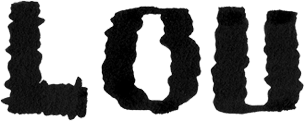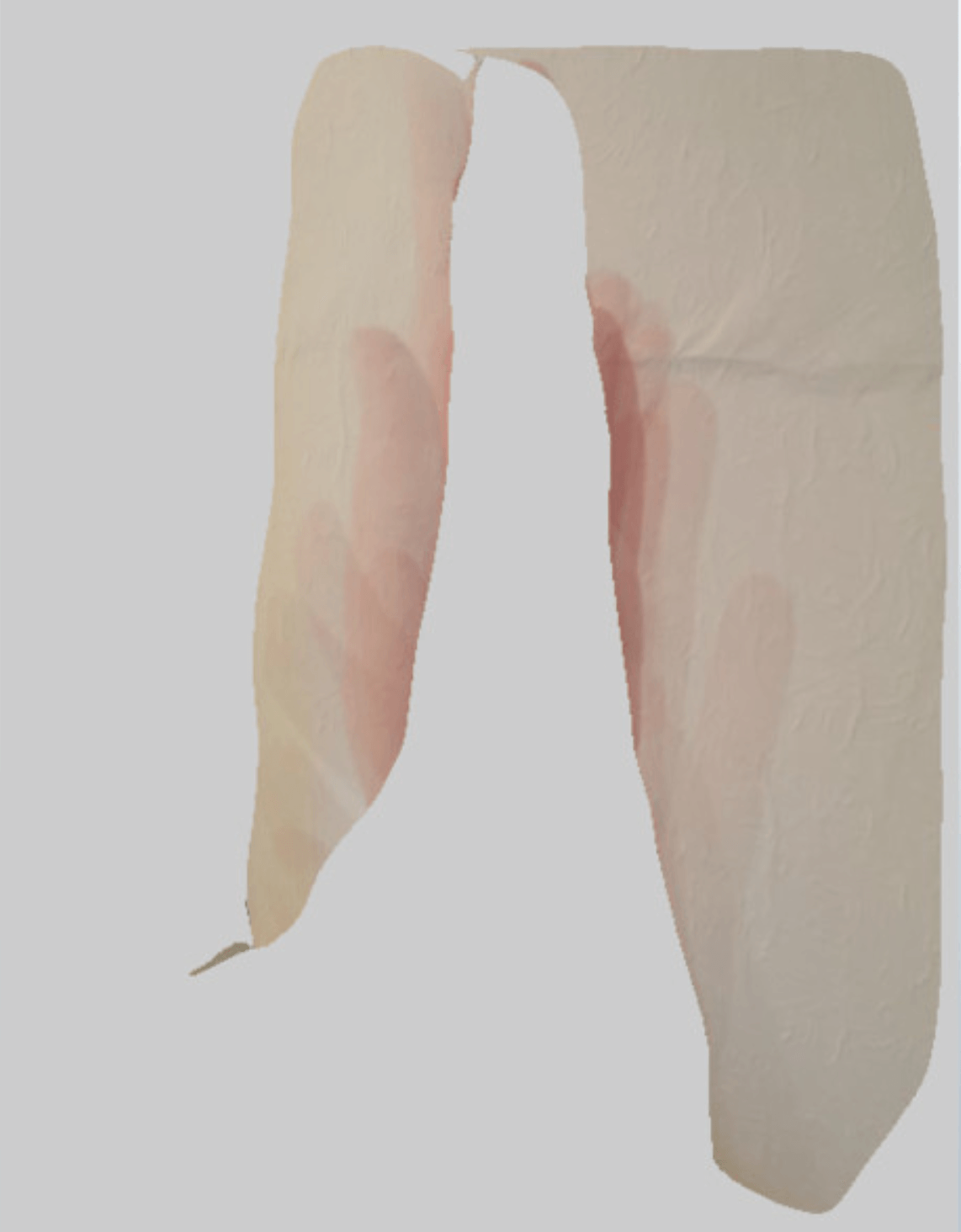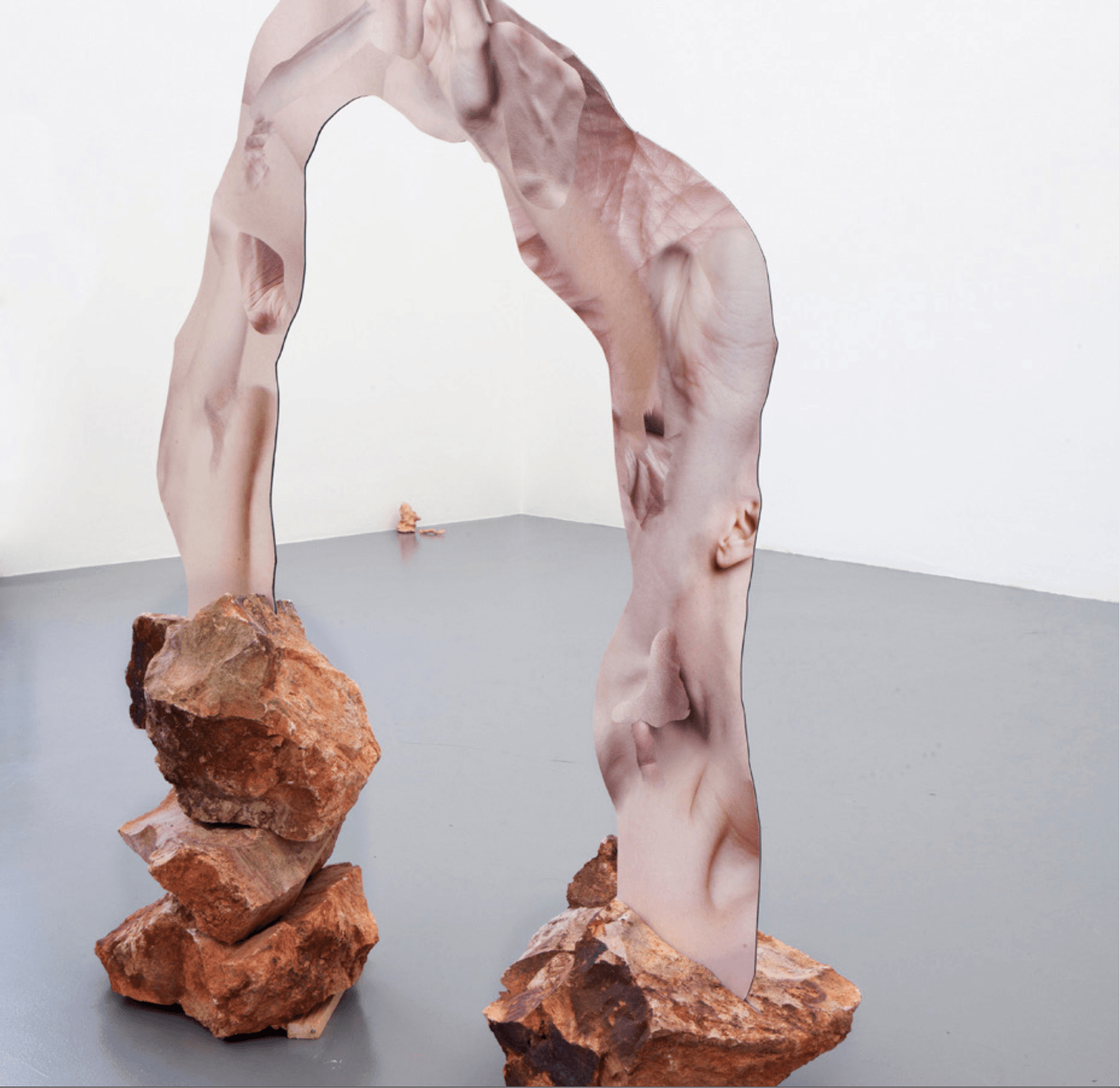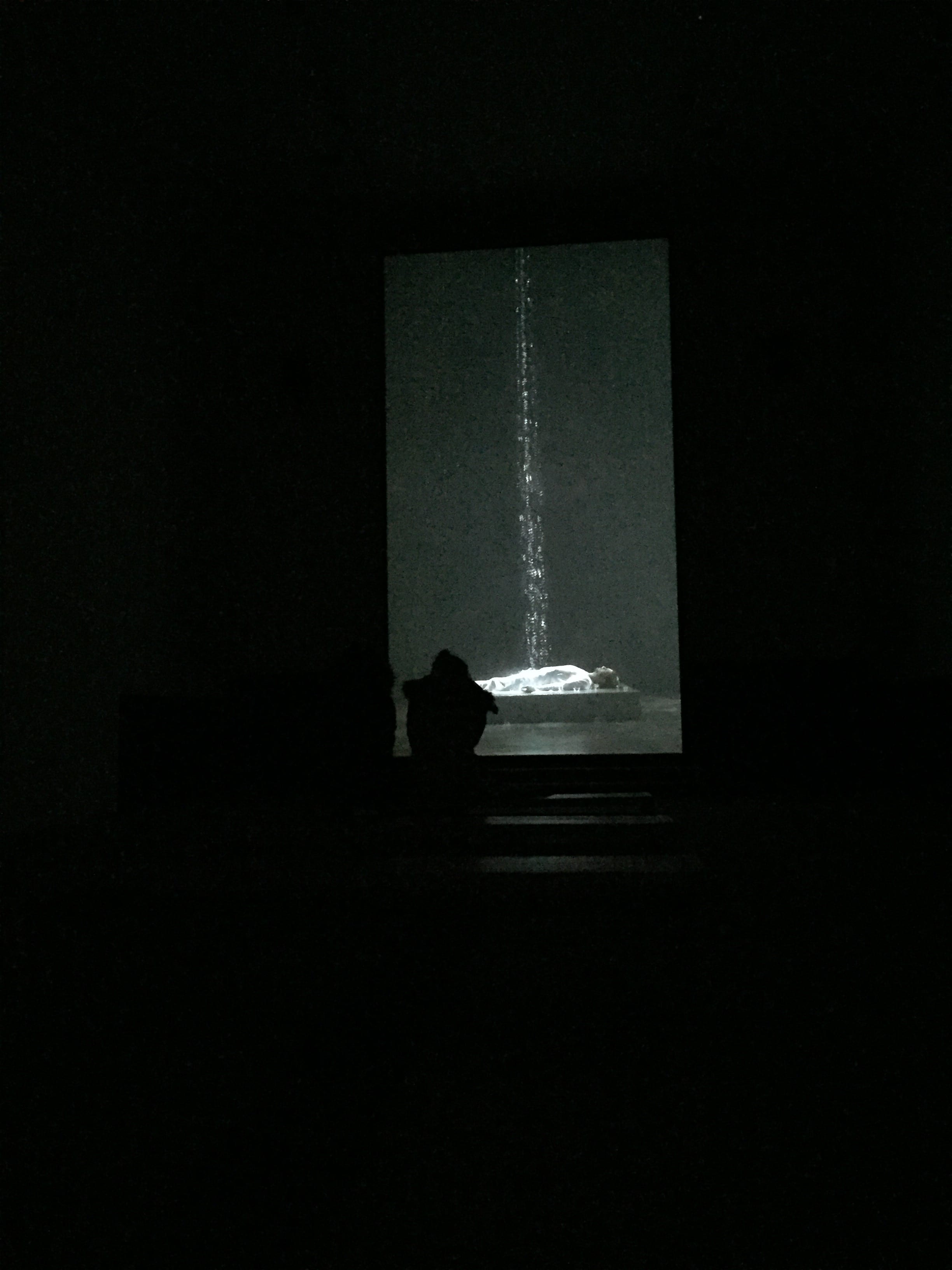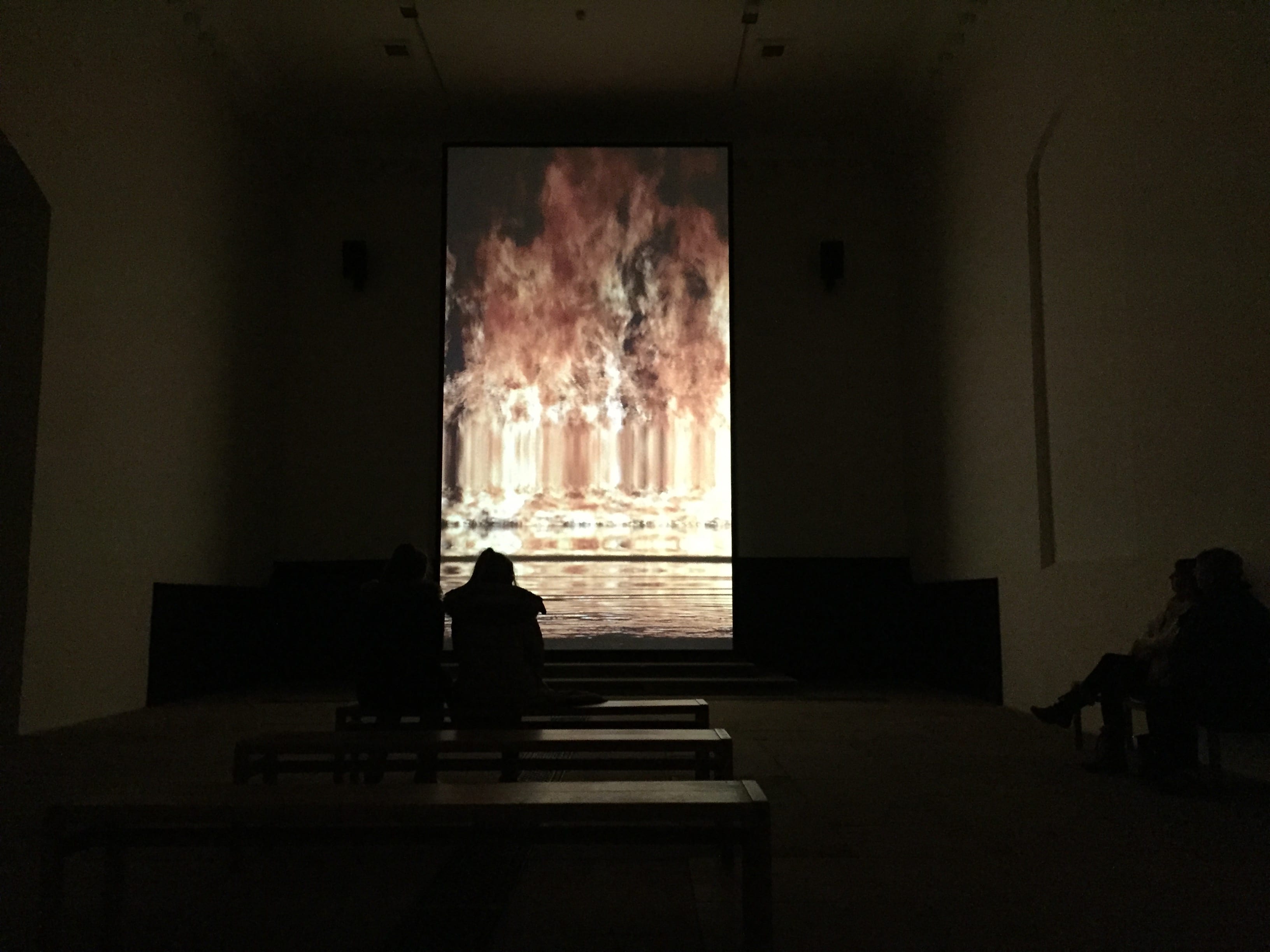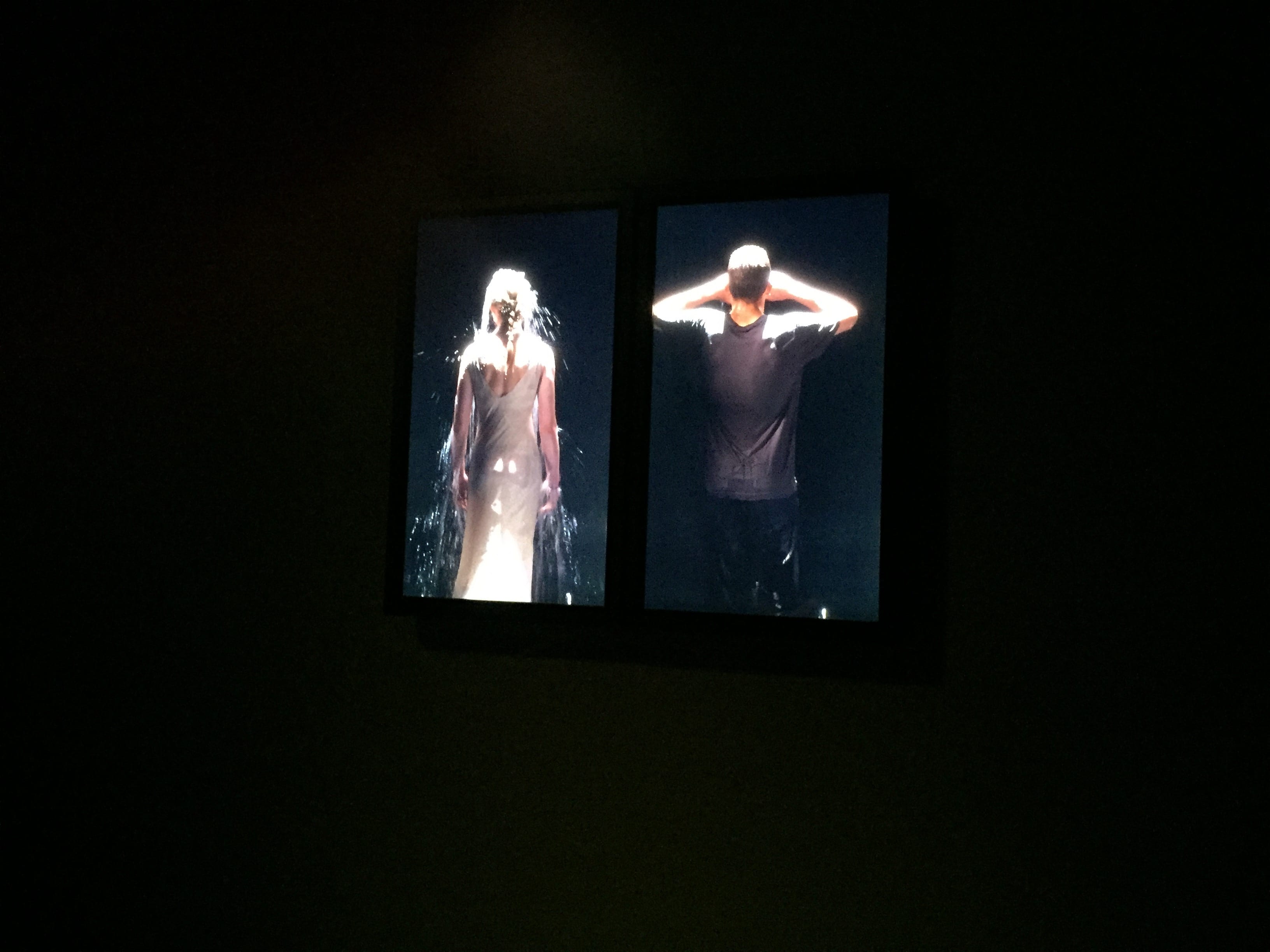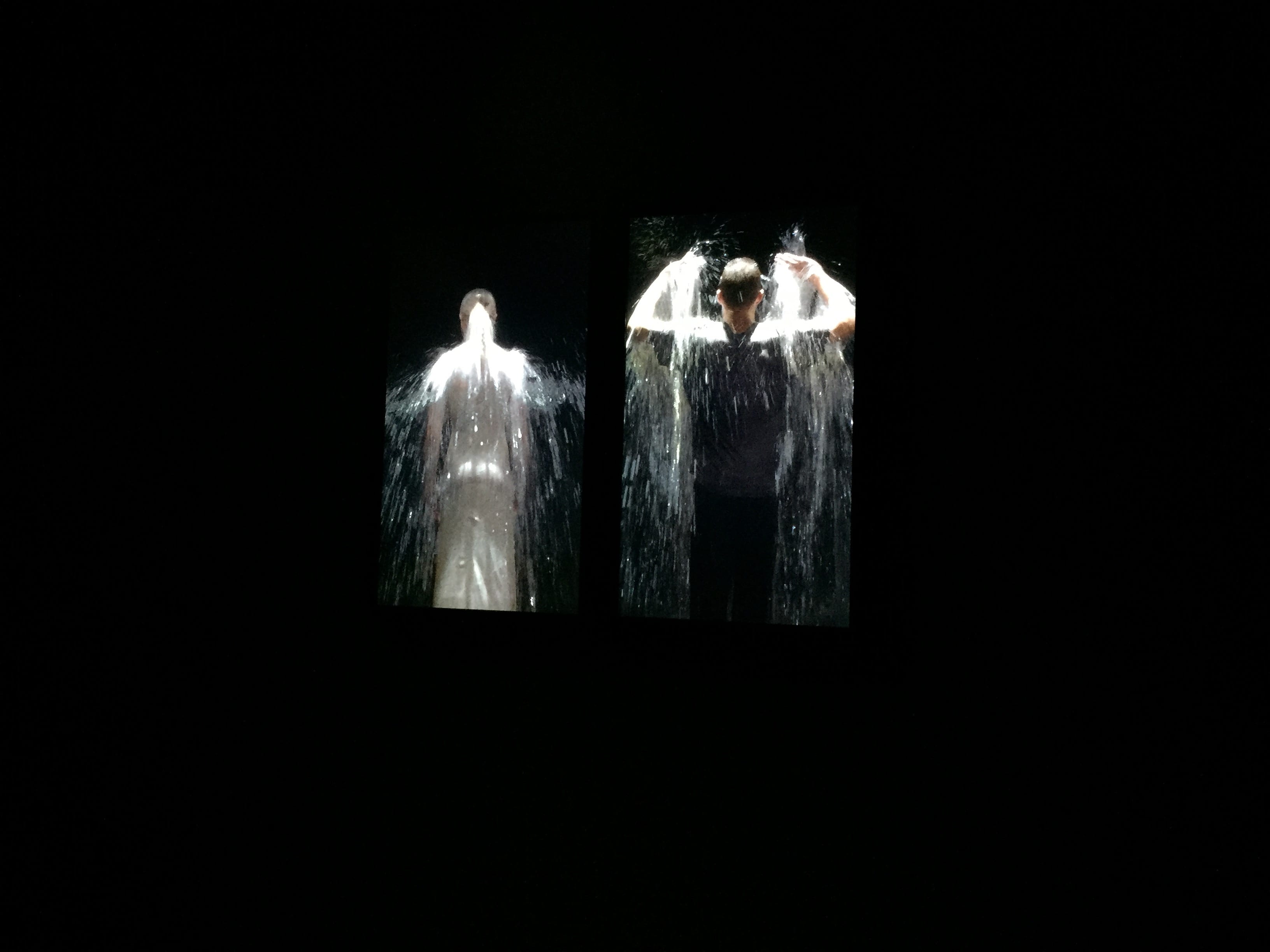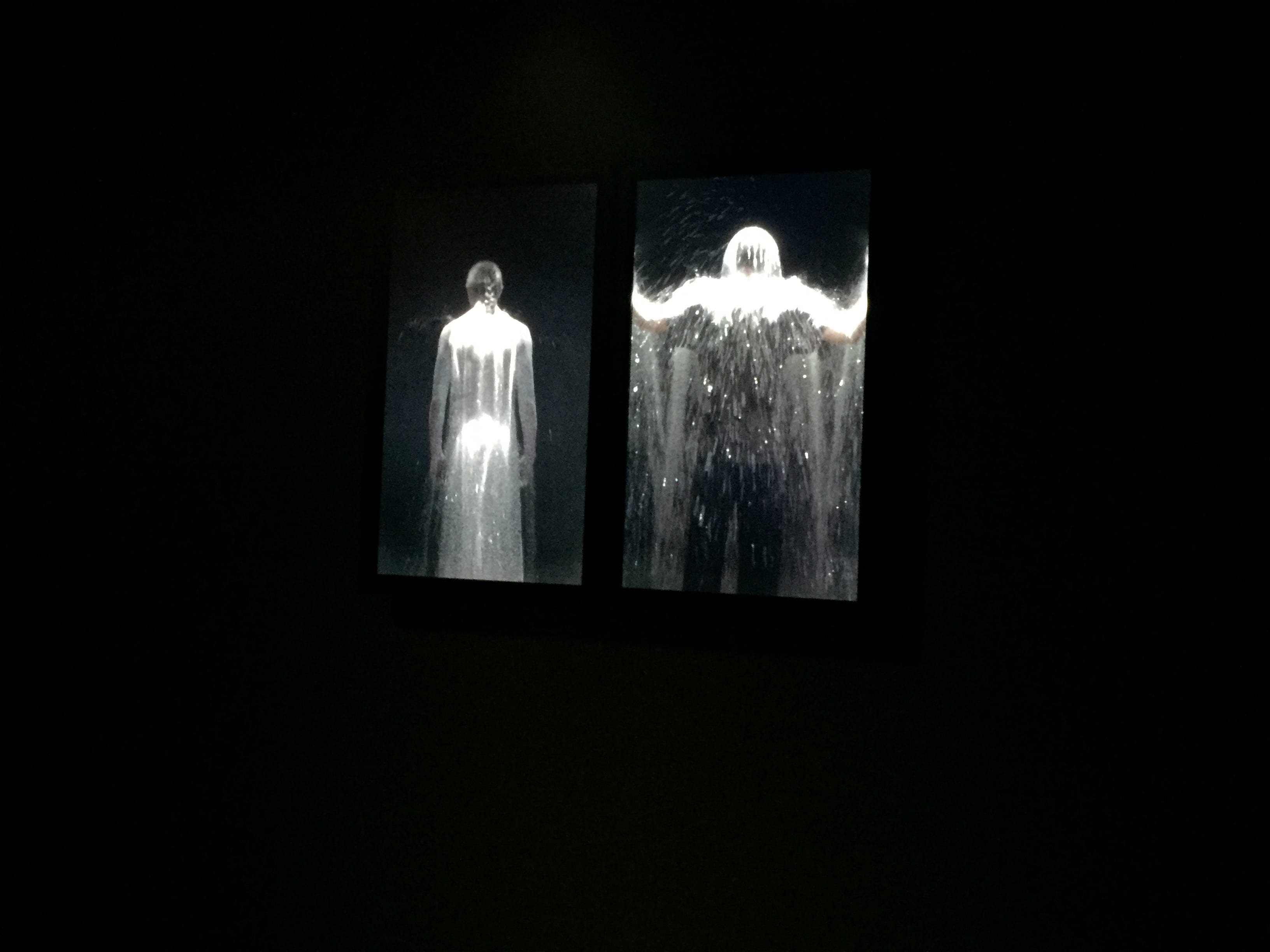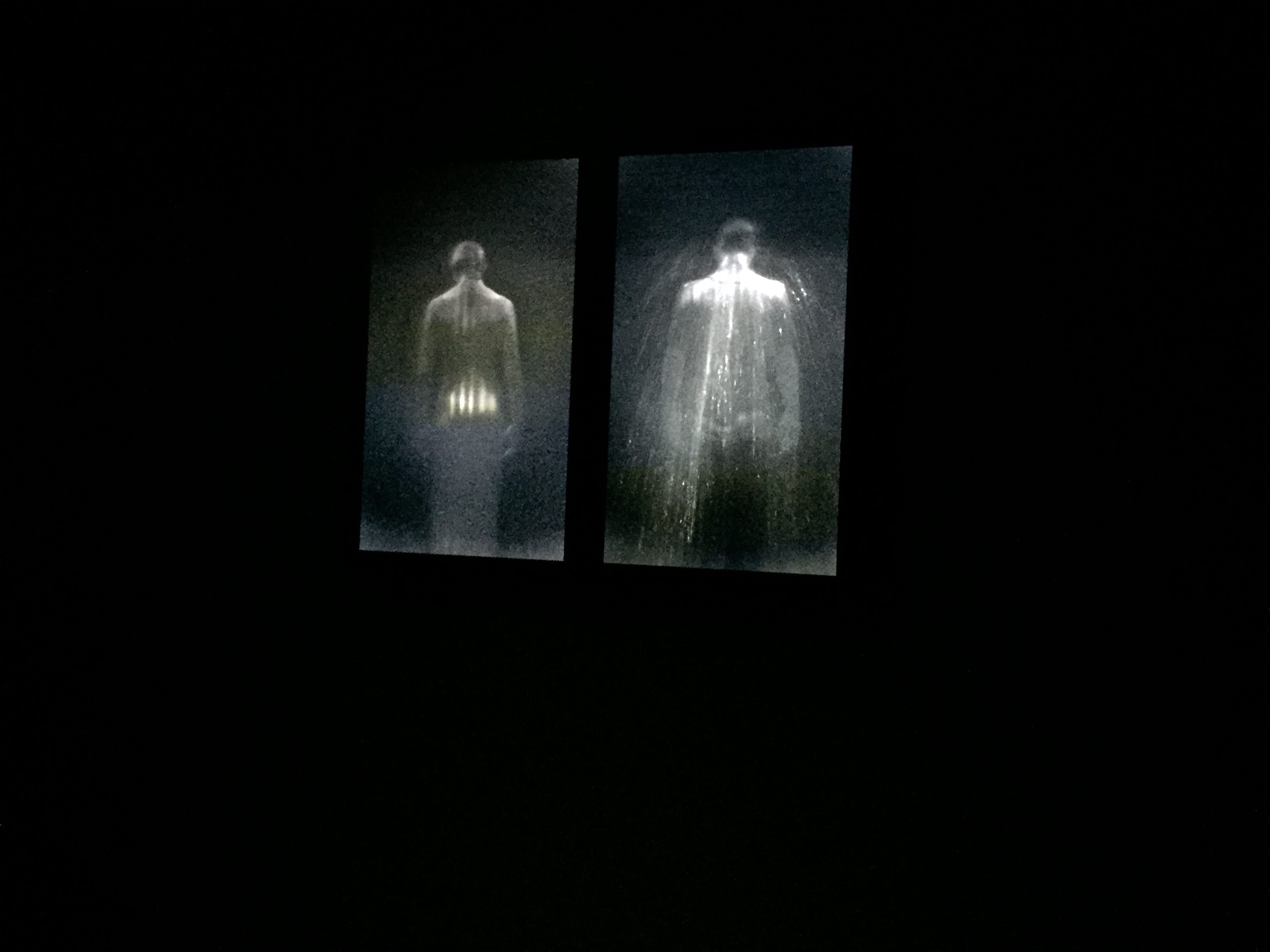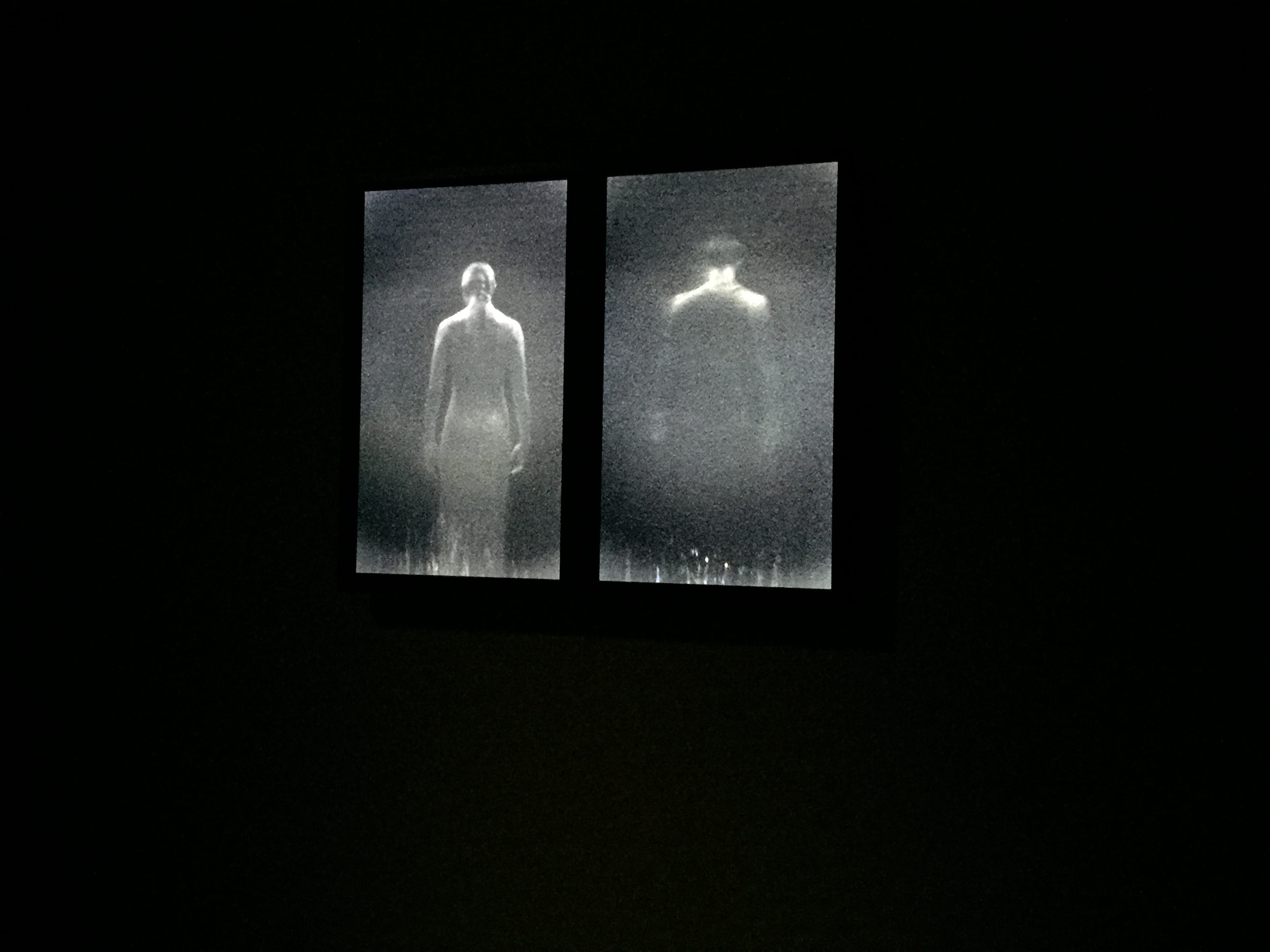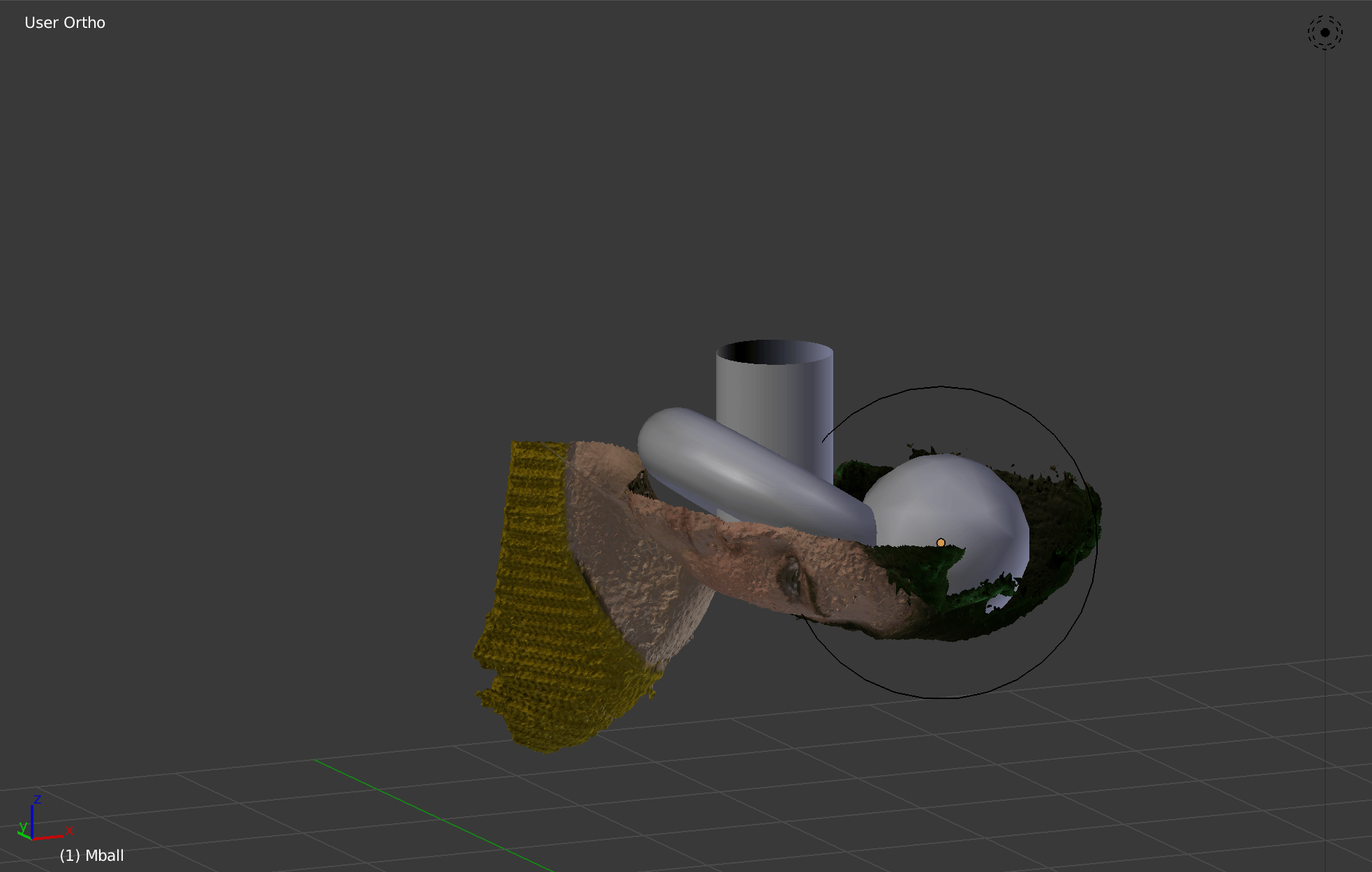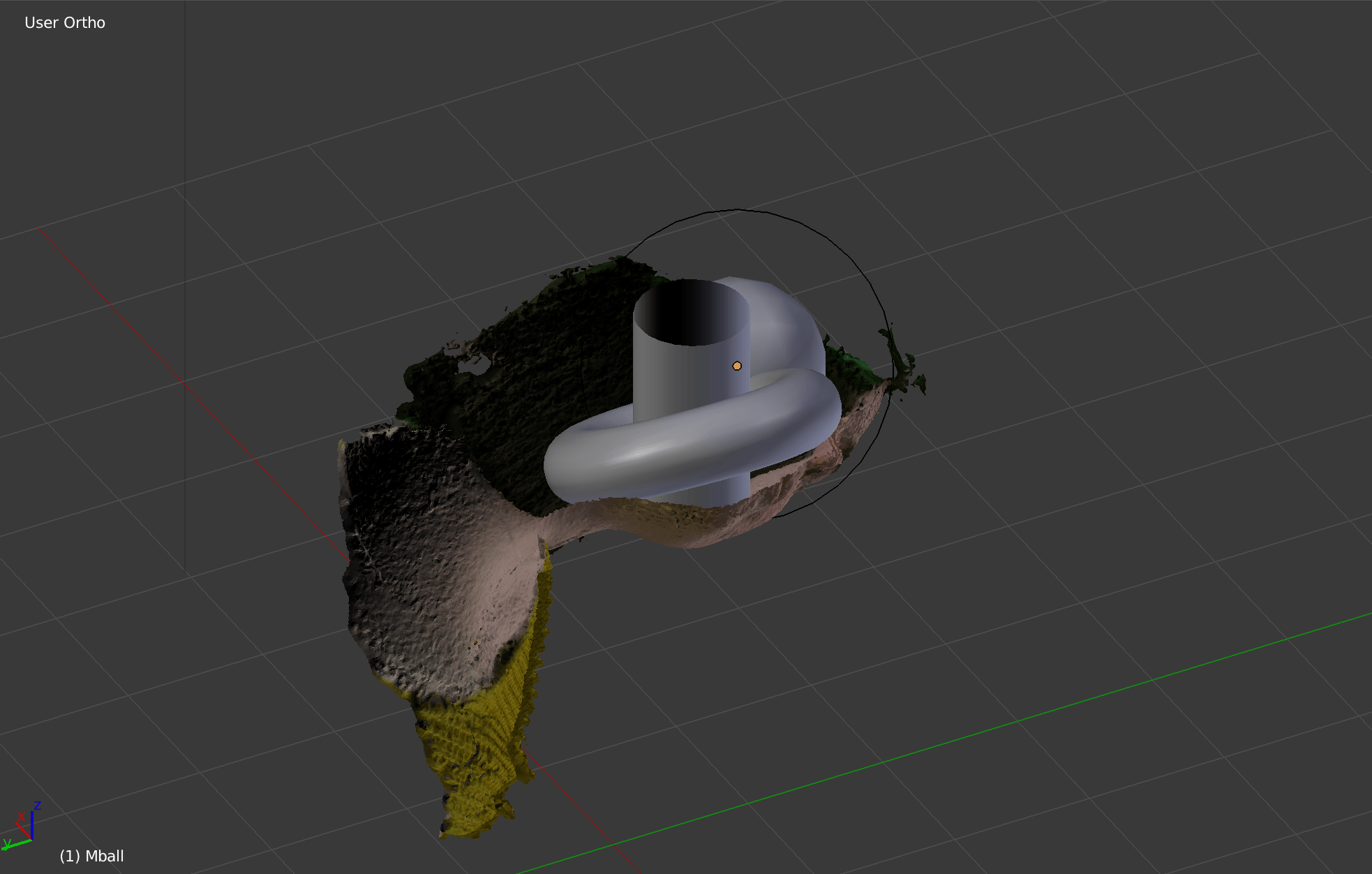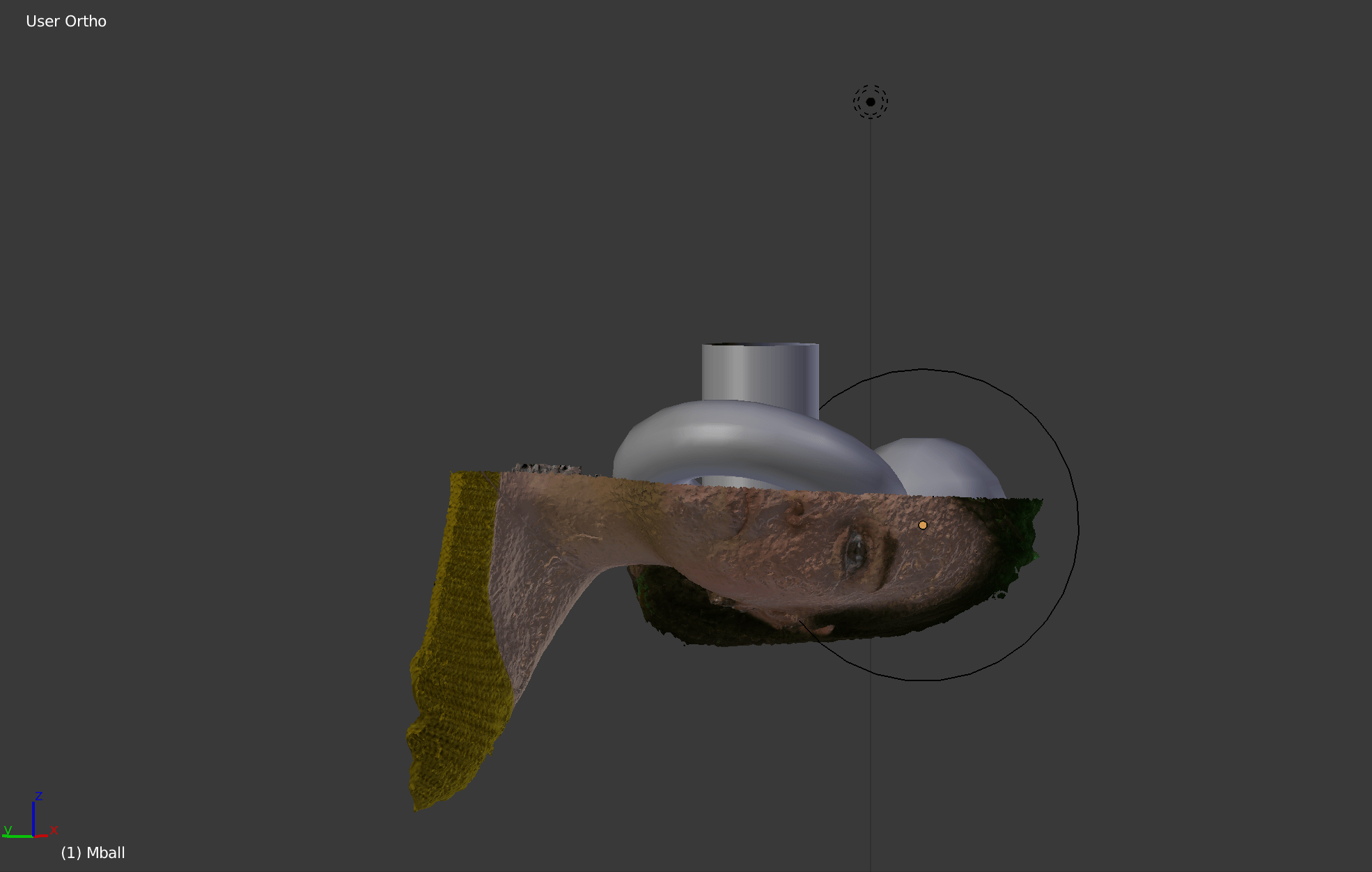Reflections on ‘Magic Death’ Realist Magic: Objects, Ontology, Causality
‘When we exit from our ideological “world” with its familiar contours, we are still somewhere… These transitional spaces are not just a void… They both hold that the interstitial space between things is not a blank void. In fact, it’s charged with meaning, even with causality.’ (Morton, 2013, 197).
As the counter to my previous reading of ‘Magic Birth’ from Timothy Morton’s Realist Magic, ‘Magic Birth’ centres around the death of objects. Initially the chapter discusses the full life process:
- To be born – for a rift between essence (the mode of existence or the intrinsic elements that make a thing what it is as distinguished from others) and appearance (what seems to be, the perception of a thing in contrast to reality) opens up. To expand on this appearance and essence can be seen as appearance (phenomenon) and thing-in-itself (noumenon) as defined by Kant. Appearances are objects as we experience them with our spatial/temporal categories of understanding. Things-in-themselves are objects as they might be in themselves and known by pure intellect, beyond knowledge.
- To persist – for the rift to suspend itself
- To end – to coincide with one’s sensual appearance in a unification of the object with its concept. When objects die we perceive its withdrawness, we can no longer point to either the object or its death only the fragments left behind. In order to exist in the first place, Morton posits that objects must be fragile or incomplete.
Morton discusses the end further whereby the aesthetic of an object initiates a ‘subject-quake’ or a little death, these quakes cancel out the difference between a thing and its appearance and ultimately bring about the end of an object. In this process the end of an object brings about beauty. Beauty here is described, as derived from Kant, the experience of co-existing with an object. When an object ends it fuses with both the space inside and outside, it becomes its environment, it co-exists with another object.
The death of the object is further expanded through a process of transformation into another, the initial object is taken over and translated into that of another. The more complete the translation, the more complete the death. However, Morton counters that every translation is necessarily imperfect, an uncanny resemblance where the object is no longer the same but still resembles it in its appearance. The object both is and is not. Applied to my own project work; the translation of a human to that of a 3D render of itself can be seen as the death of the human object in the translation to the 3D object. The 3D render bears an uncanny resemblance to the human, but it is a virtual amalgamation of a mesh and a texture. It both is and is not the human. The 3D head can also be seen, by Morton’s follow up concept, as existing in a ghostly half-life. However, Morton states that objects are already ghosts of themselves, birth/persistence/death are all happening simultaneously. An object is at its end at its beginning, persistence is just the facade on top of this, ‘an object is just a “black hole” with a fading photograph of itself on its surface.’ (Morton, 2013, 196).
‘An object affects another object by translating it, as best it can, into its own terms… A perfect translation of one object by another would entail the destruction of that object.’ (Morton, 2013, 199).
Further along the lines of the incompleteness of objects, the 3D render is thus the reduction of the human to pure appearance where the inner fragility of the human (the basis that it can exist at all in Morton’s view) activates its own destruction. This destruction is through the 3D process interfering with the rift between essence and appearance that resulted in the human object being born in the first place, this is done by translating the human so radically into a 3D object of itself that the human collapses. By collapsing the human is allowing itself to aesthetically attune itself to its translator. Yet, as Morton continues, ‘there can be no perfect translation of an object, because the translator is also an (inconsistent) object… Thus there appear cinders, fragments, debris.’ (Morton, 2013, 200). This is evident in the incompleteness of the 3D render; the gaps in the mesh, the debris of extra triangles, the fragments of distorted features. Ultimately, ‘new objects are uncanny reminders of broken objects.’ (Morton, 2013, 200). Perhaps within my project I am not finding the point at which the human becomes an object, but rather the translation of the human into another. The inbetween of one object’s end and anther’s birth and at which point either is just persisting, suspended in the rift.
Morton ends the chapter by discussing this process in relation to time, there is no end of one object and then the beginning of another. The two modes of time intersect, an object’s destructive relating and the futural not-yet-ness of beginning. The two are occurring at the same time in different dimensions, in different modes of existence, outside of linear time in the ‘Moment‘. ‘The glass is forgotten – not by us, but by the shards’ (Morton, 2013, 218), or, the human is forgotten – not by us, but by the mesh.
